We could be living in a multiverse with an infinite number of universes.
Category: cosmology – Page 443

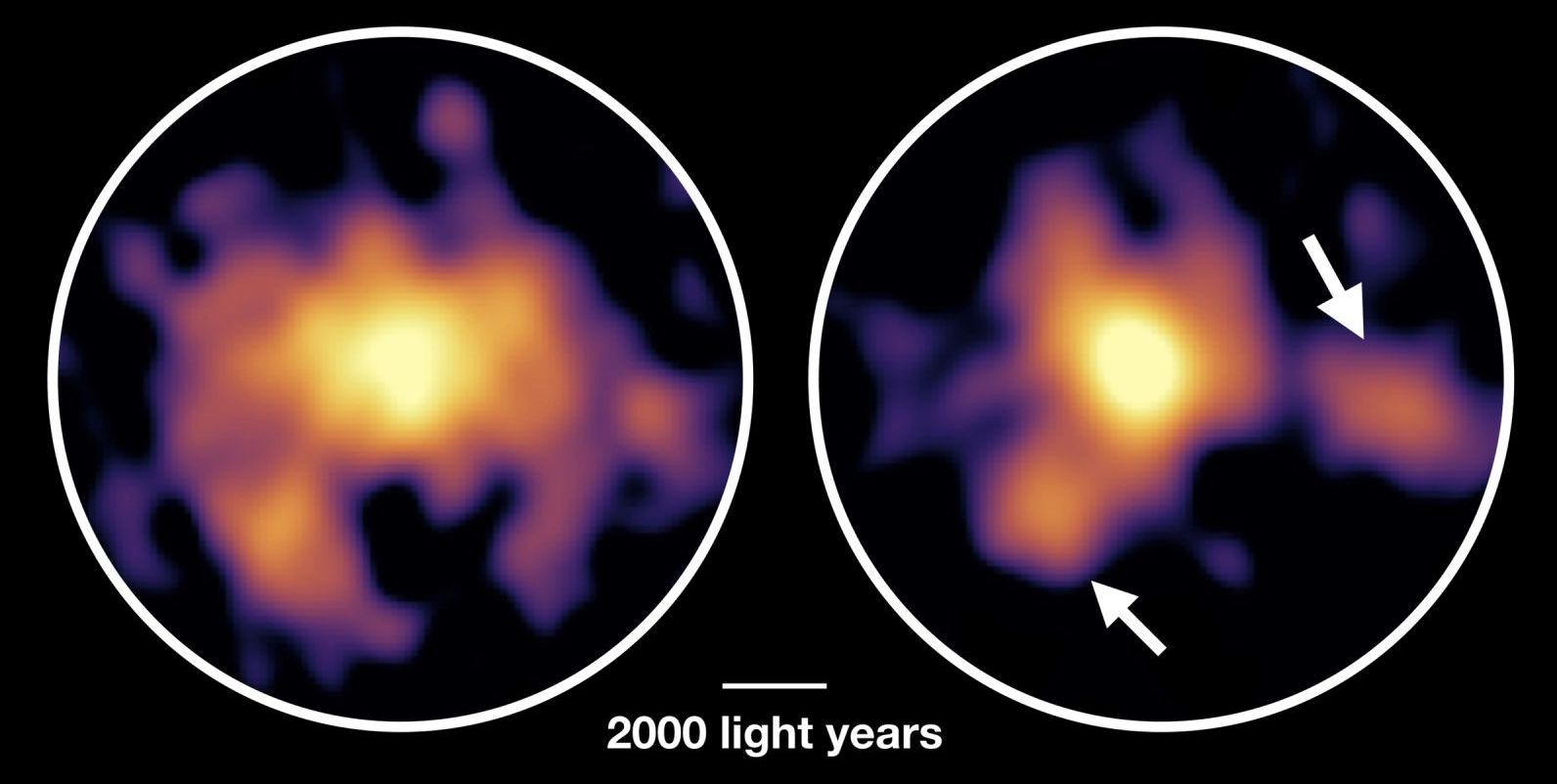
Ancient ‘Monster Galaxy’ Is Forming Stars a Thousand Times Faster Than the Milky Way
Chile’s Atacama Large Millimeter/submillimeter Array (ALMA) has observed a galaxy that looks nothing like what researchers expected. It’s forming stars at an absolutely incredible rate.
The “Monster Galaxy”, also known as COSMOS-AzTEC-1, formed just 2 billion years after the Big Bang, and it turns more than a thousand Suns worth of gas into stars each year. Scientists still don’t understand these early galaxies very well, but now they have some new information that can shed light on why they form stars so blisteringly fast.
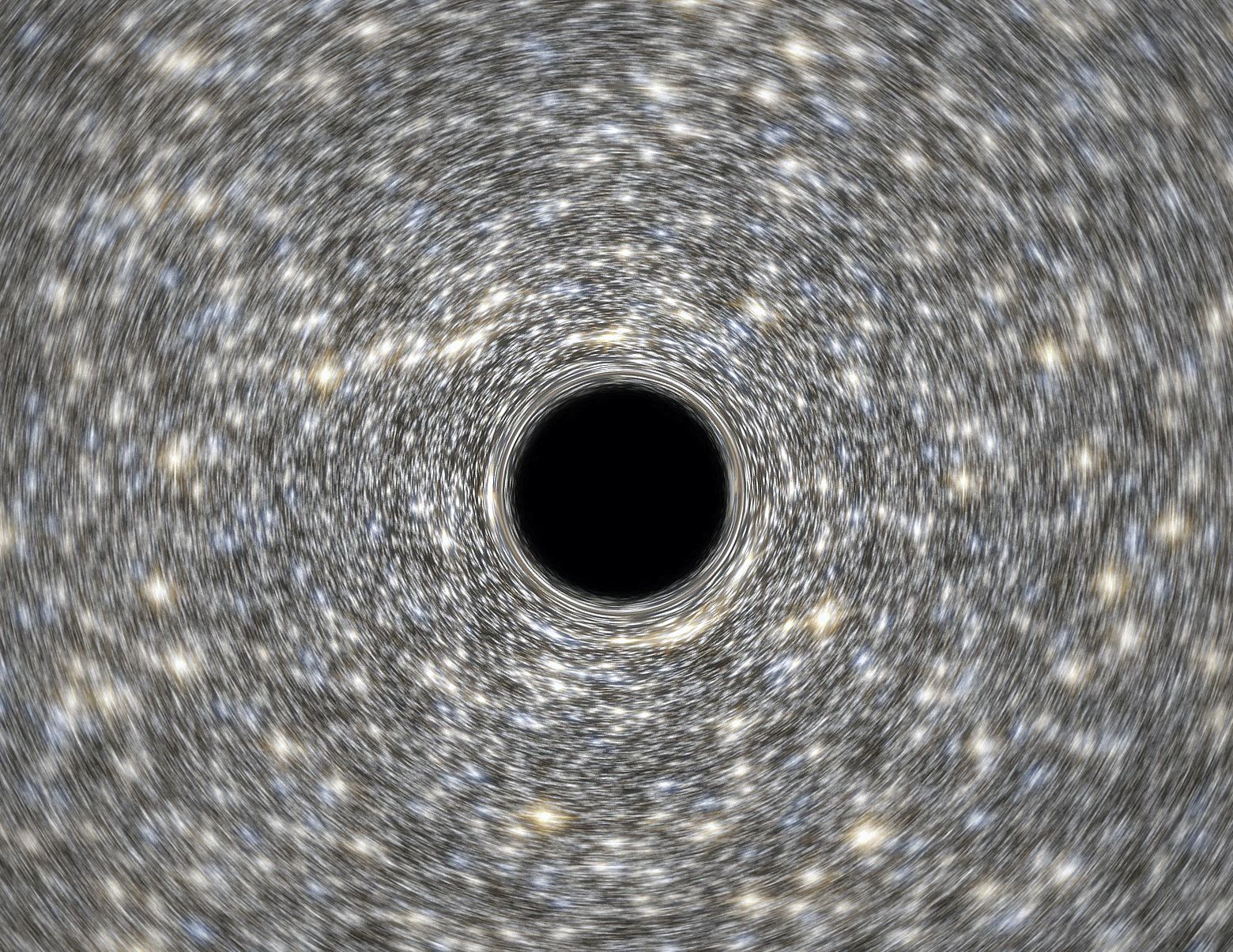
Scientists may have discovered the very first ‘ghost’ black hole from a different universe
It’s common knowledge that, because of the speed at which light travels, we can see things in space that aren’t even there anymore. If we peer at a distant galaxy we’re really only seeing what the objects within it looked like when the light itself was beaming in our direction. If the galaxy is a thousand light-years away, we’re seeing what the galaxy looked like a thousand years ago.
Now, researchers believe that they may be able to use a similar technique to search for black holes that don’t exist anymore. The only difference is that the black holes aren’t just from long ago, they’re from an entirely different version of the universe. Woah.
A research team comprised of scientists from Oxford University, the University of Warsaw, and the New York Maritime College, believe they have evidence that points to the leftovers of a black hole that existed in a universe that preceded the one we’re currently living in. However, rather than visible light, the black holes leave behind what is known as cosmic microwave background radiation, or (CMB).
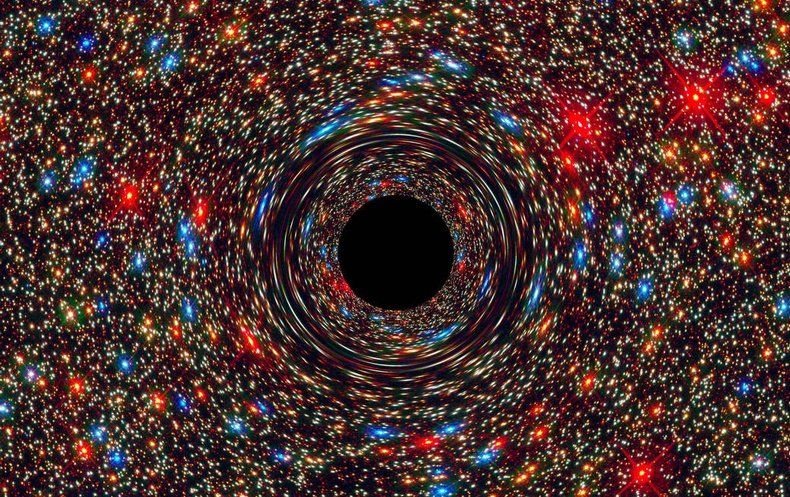
To Test Einstein’s Equations, Poke a Black Hole
Researchers make significant progress toward proving a critical mathematical test of the theory of general relativity.
- By Kevin Hartnett, Quanta Magazine on August 27, 2018
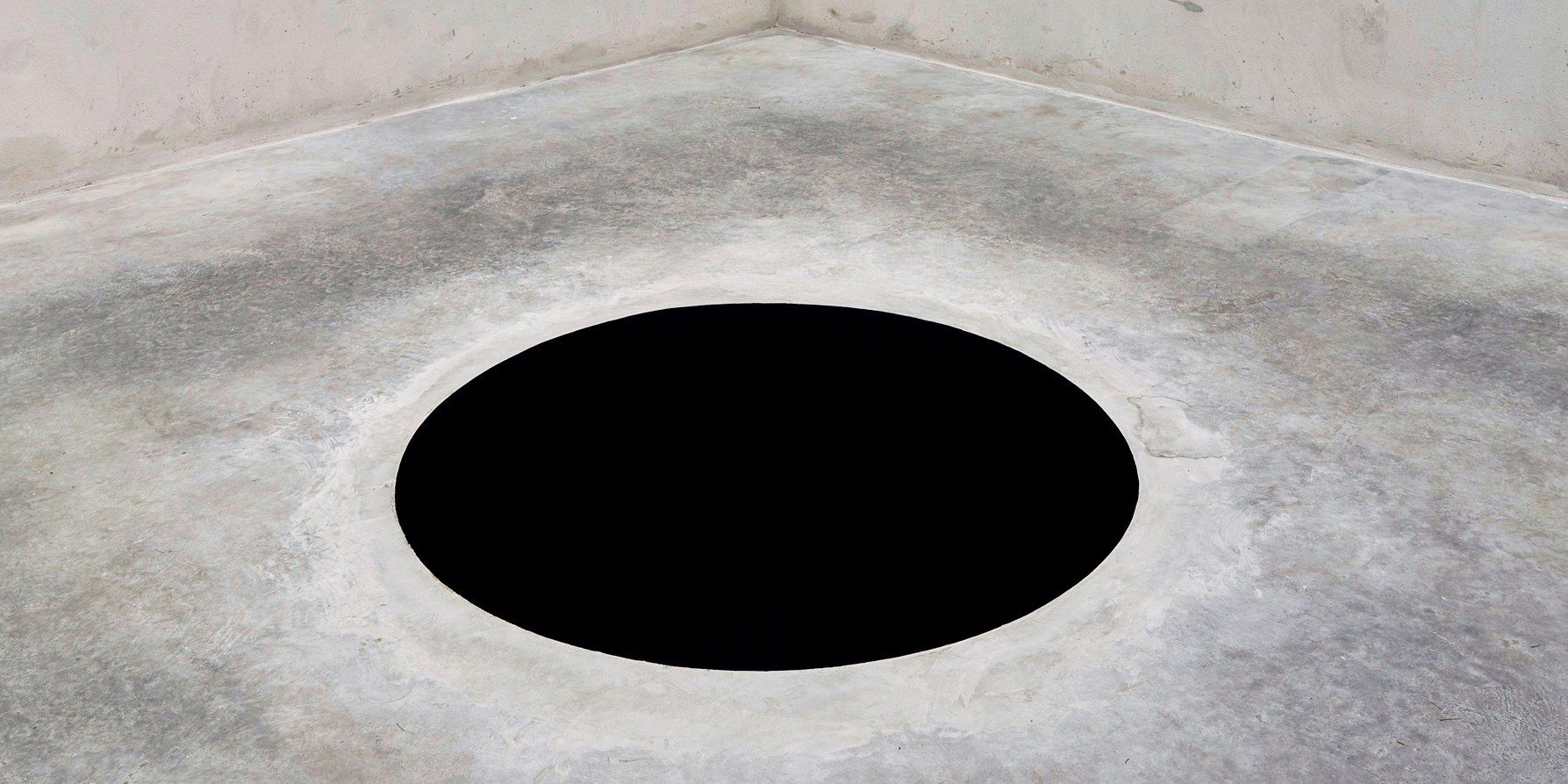
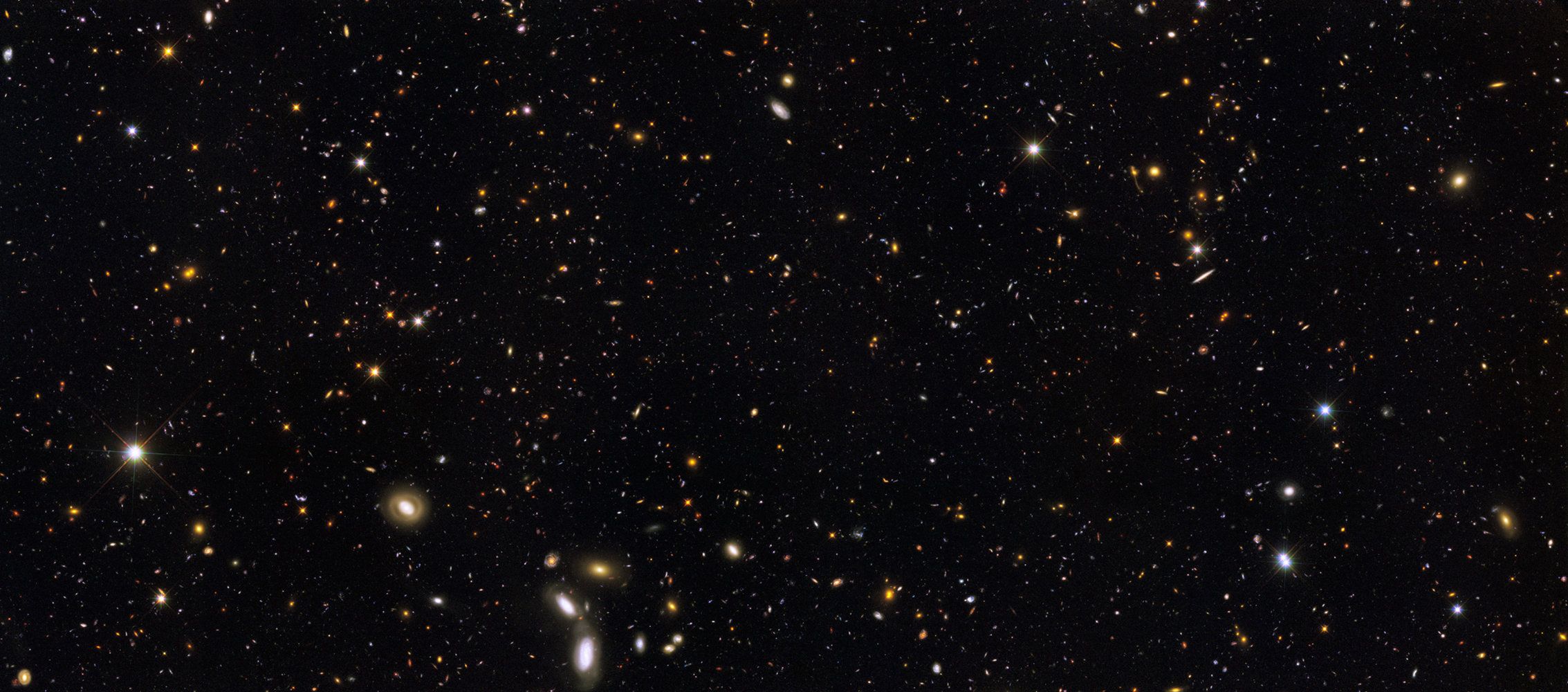
What Is Nothing? Martin Rees Q&A
This article was originally published at The Conversation. The publication contributed the article to Space.com’s Expert Voices: Op-Ed & Insights.
Philosophers have debated the nature of “nothing” for thousands of years, but what has modern science got to say about it? In an interview with The Conversation, Martin Rees, Astronomer Royal and Emeritus Professor of Cosmology and Astrophysics at the University of Cambridge, explains that when physicists talk about nothing, they mean empty space (vacuum). This may sound straightforward, but experiments show that empty space isn’t really empty – there’s a mysterious energy latent in it which can tell us something about the fate of the universe.
Rees was interviewed for The Conversation’s Anthill podcast on Nothing. This Q&A is based on an edited transcript of that interview.
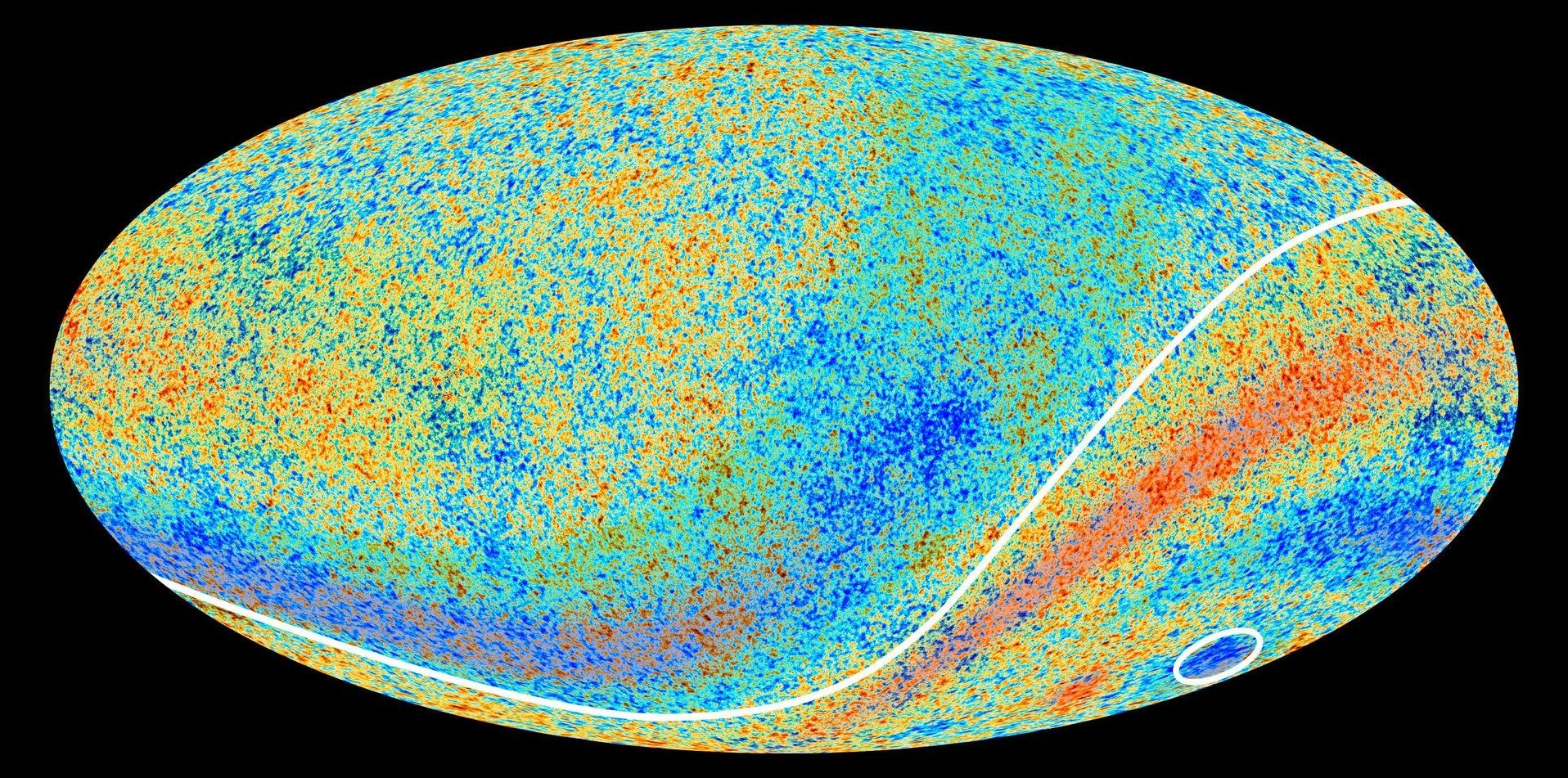
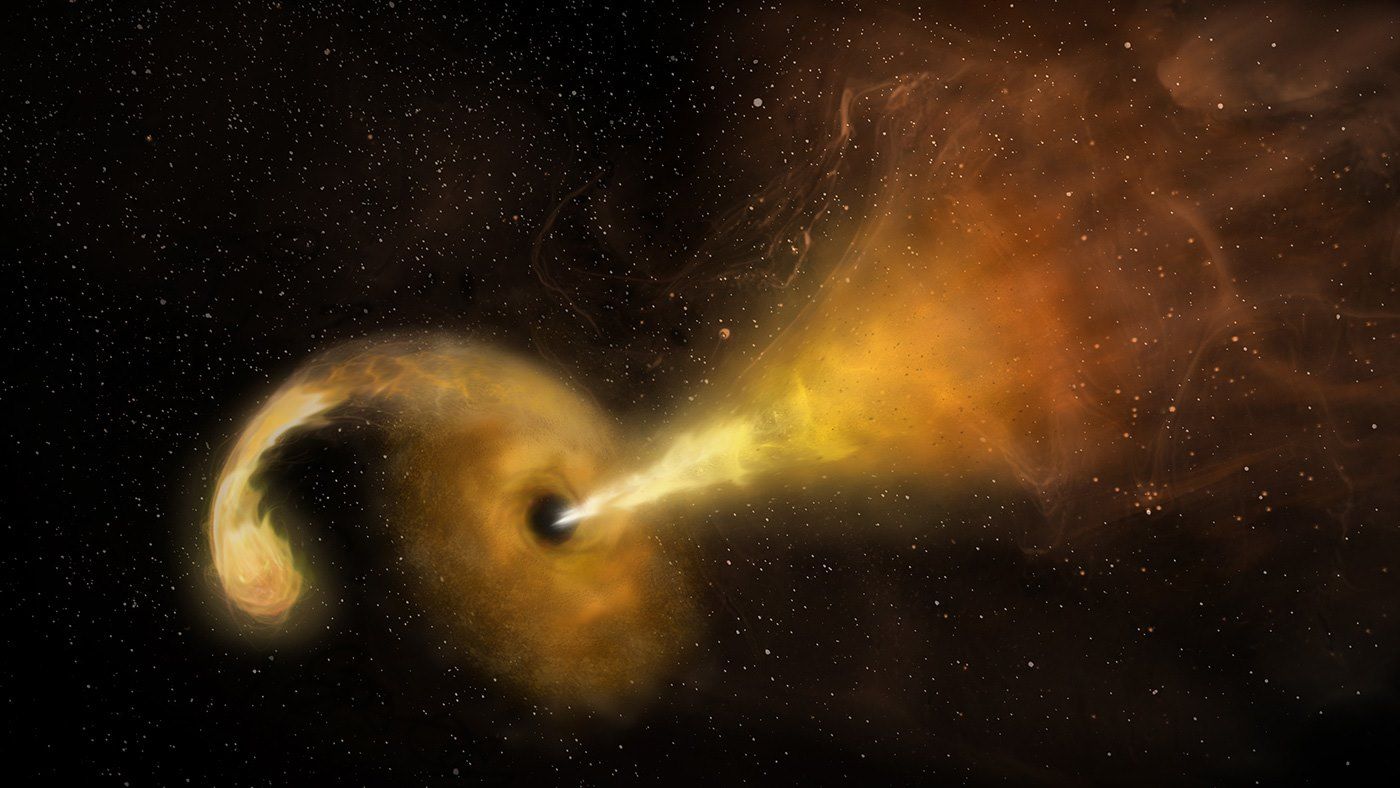
A supermassive black hole used its powerful gravity to rip apart a star that wandered too close to the massive monster
Astronomers used radio & infrared telescopes to image the distant eruption of this cosmic duel. Details: https://go.nasa.gov/2JMkZWF
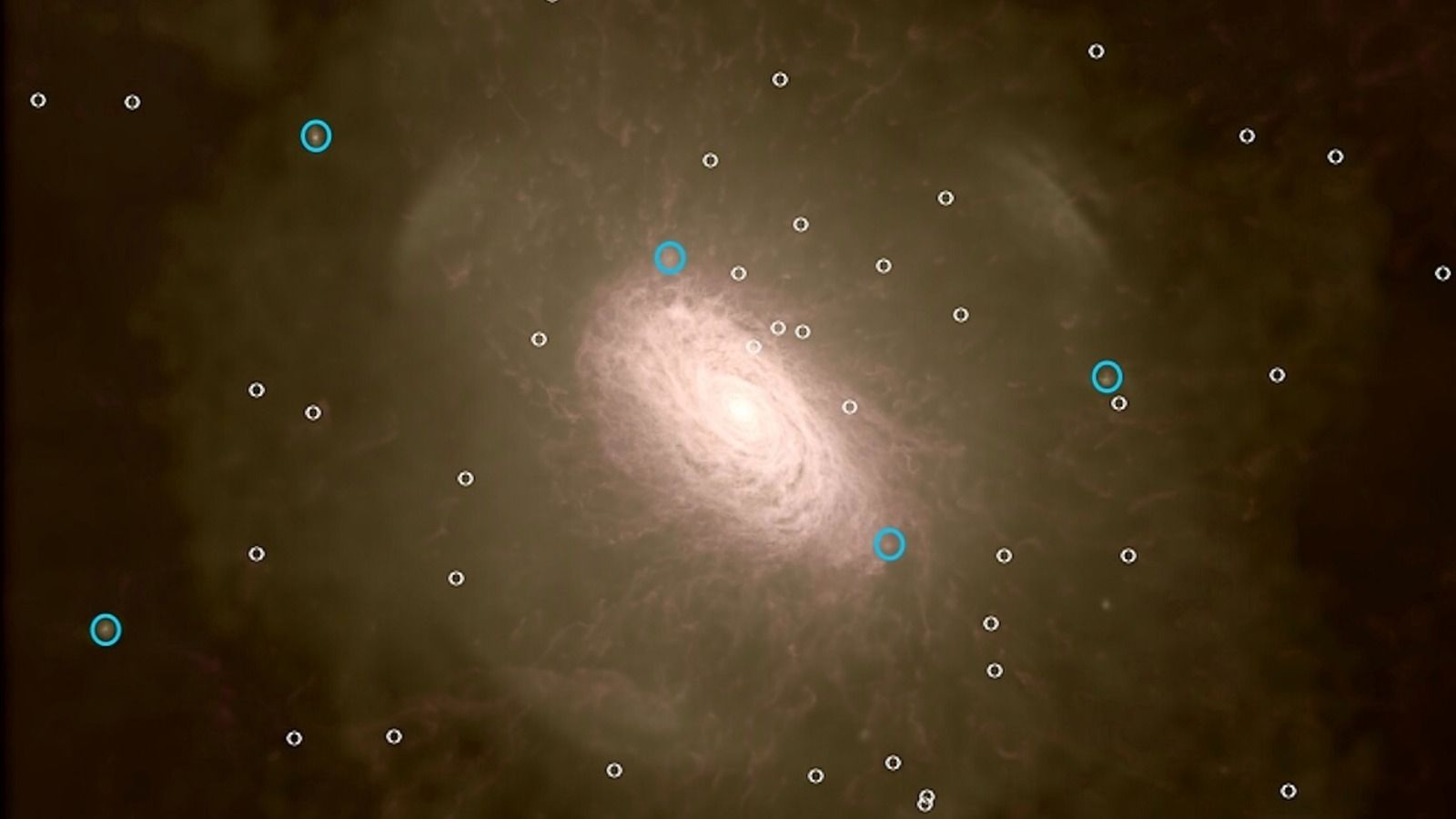
The Universe’s Oldest Galaxies Could Be Right in the Milky Way’s Backyard
The Universe’s earliest epochs appear to be written into the small dwarf galaxies orbiting our own galactic home, the Milky Way.
A team of researchers studying dark matter noticed a strange trend in the brightness of the satellite galaxies around the Milky Way. There seem to be two classes of these orbiting dwarf galaxies—dim ones and bright ones—with few in the middle range. The researchers propose that this kink, when viewed on a graph, could be explained by a period early on in the Universe’s history called the re-ionization era.